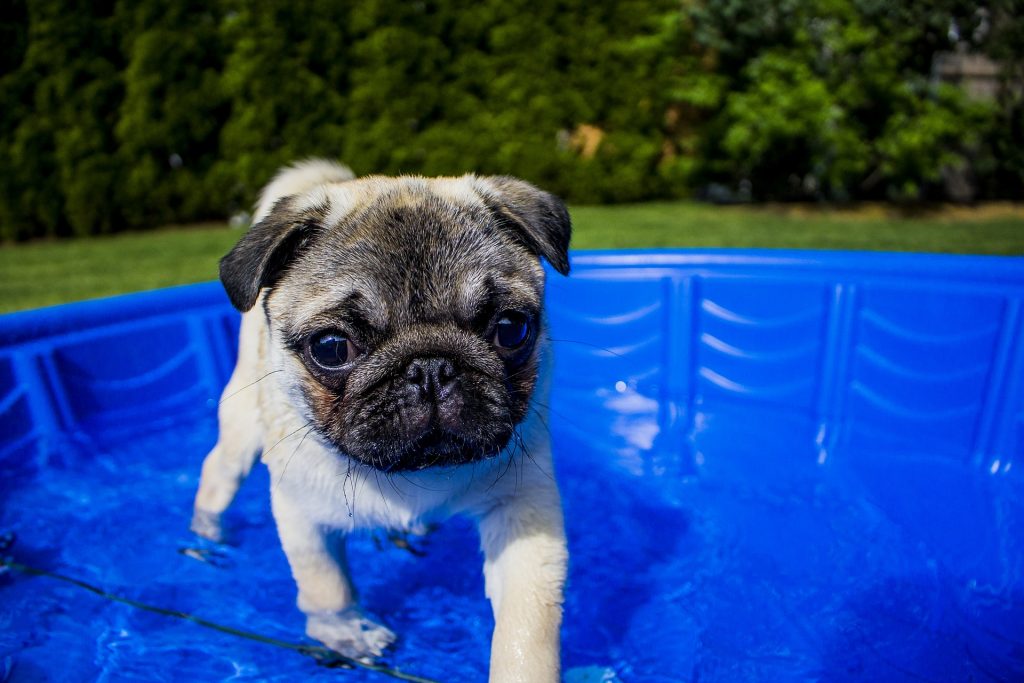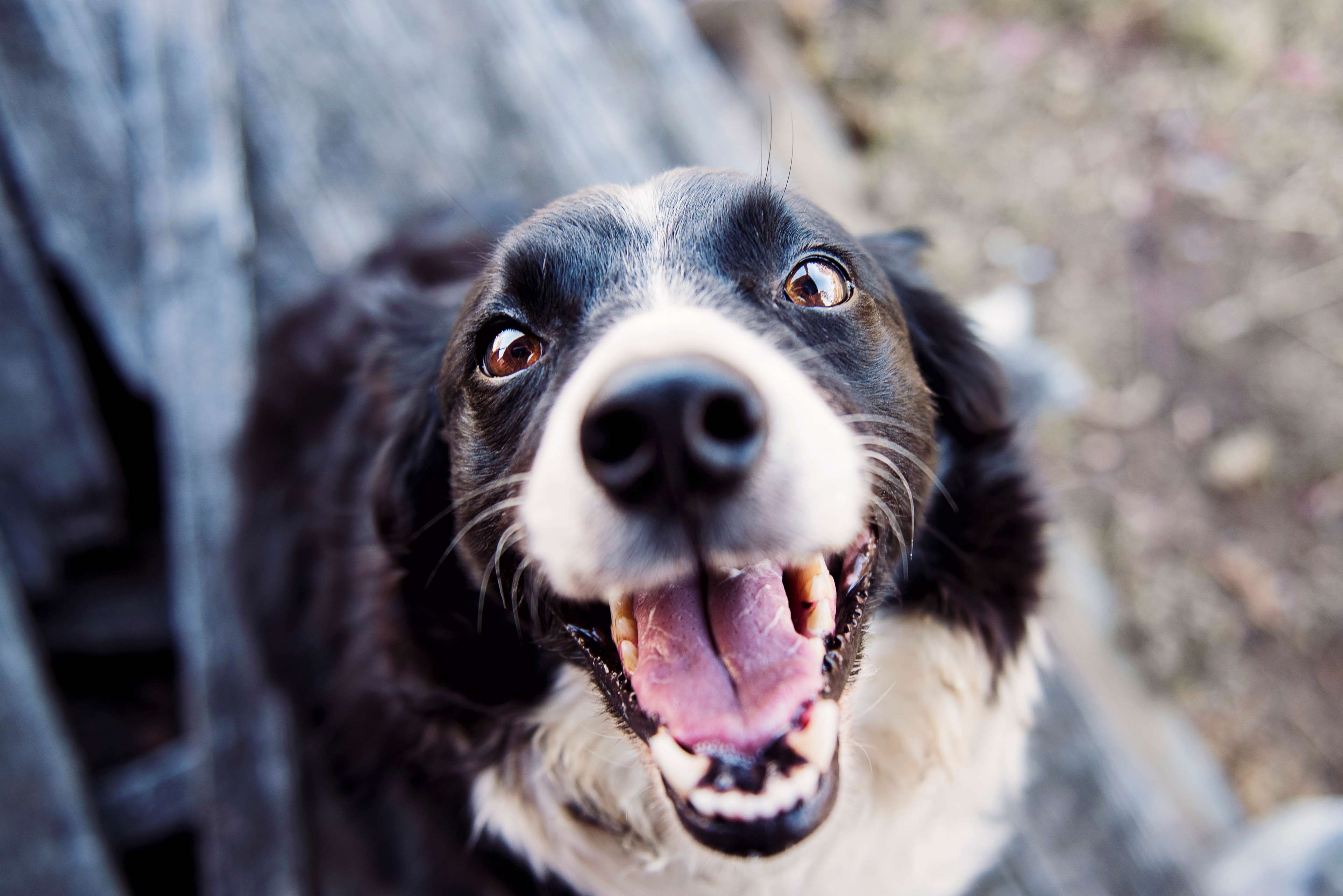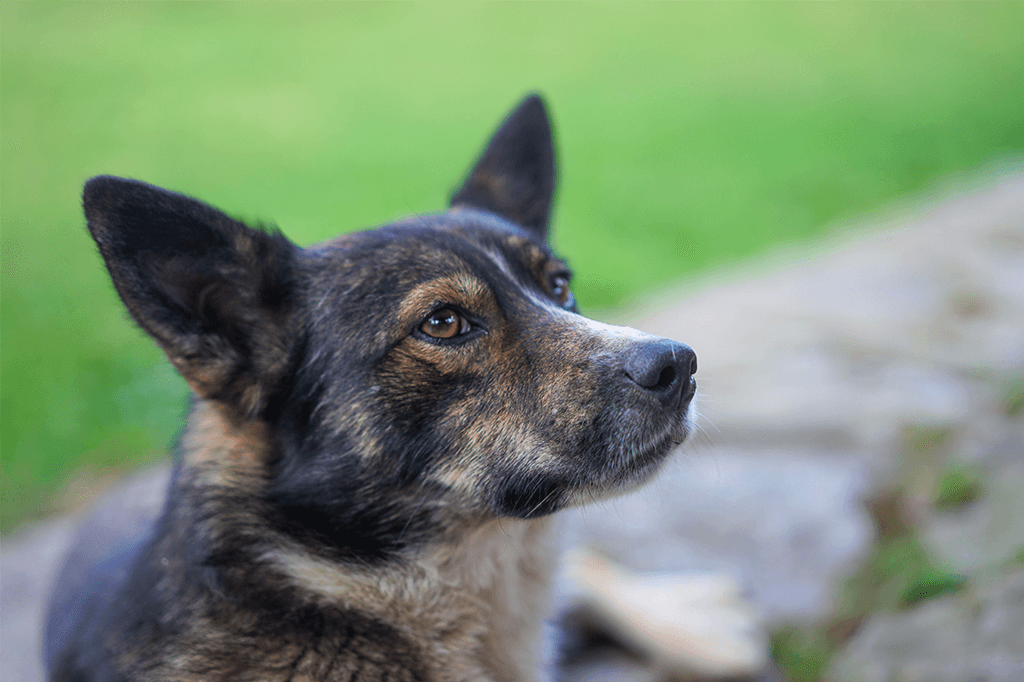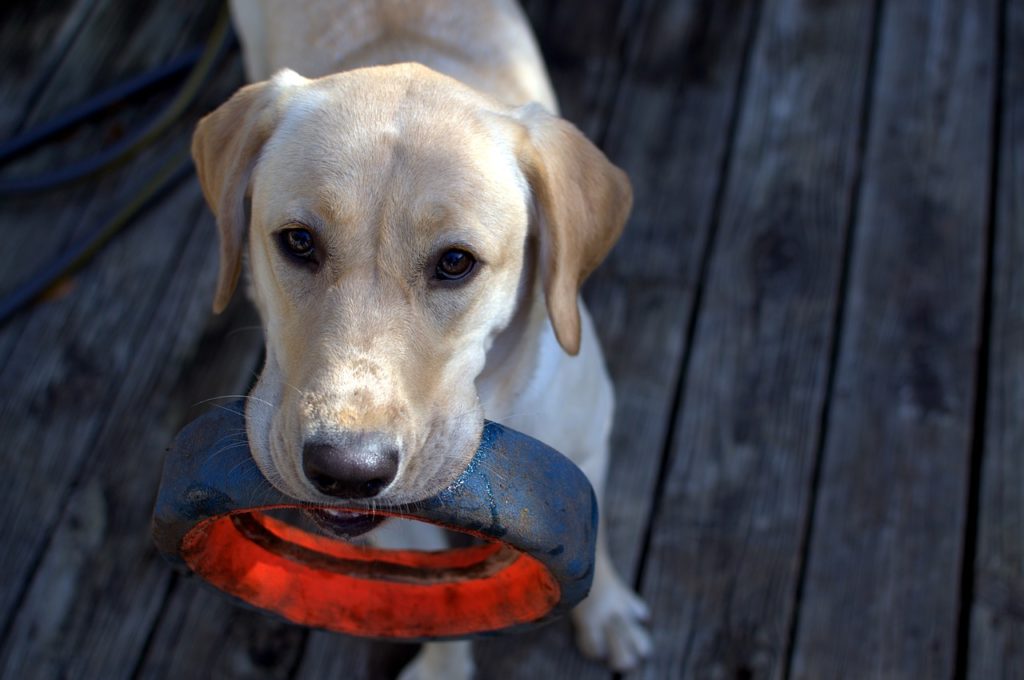How to Create a Sensory Garden for Dogs
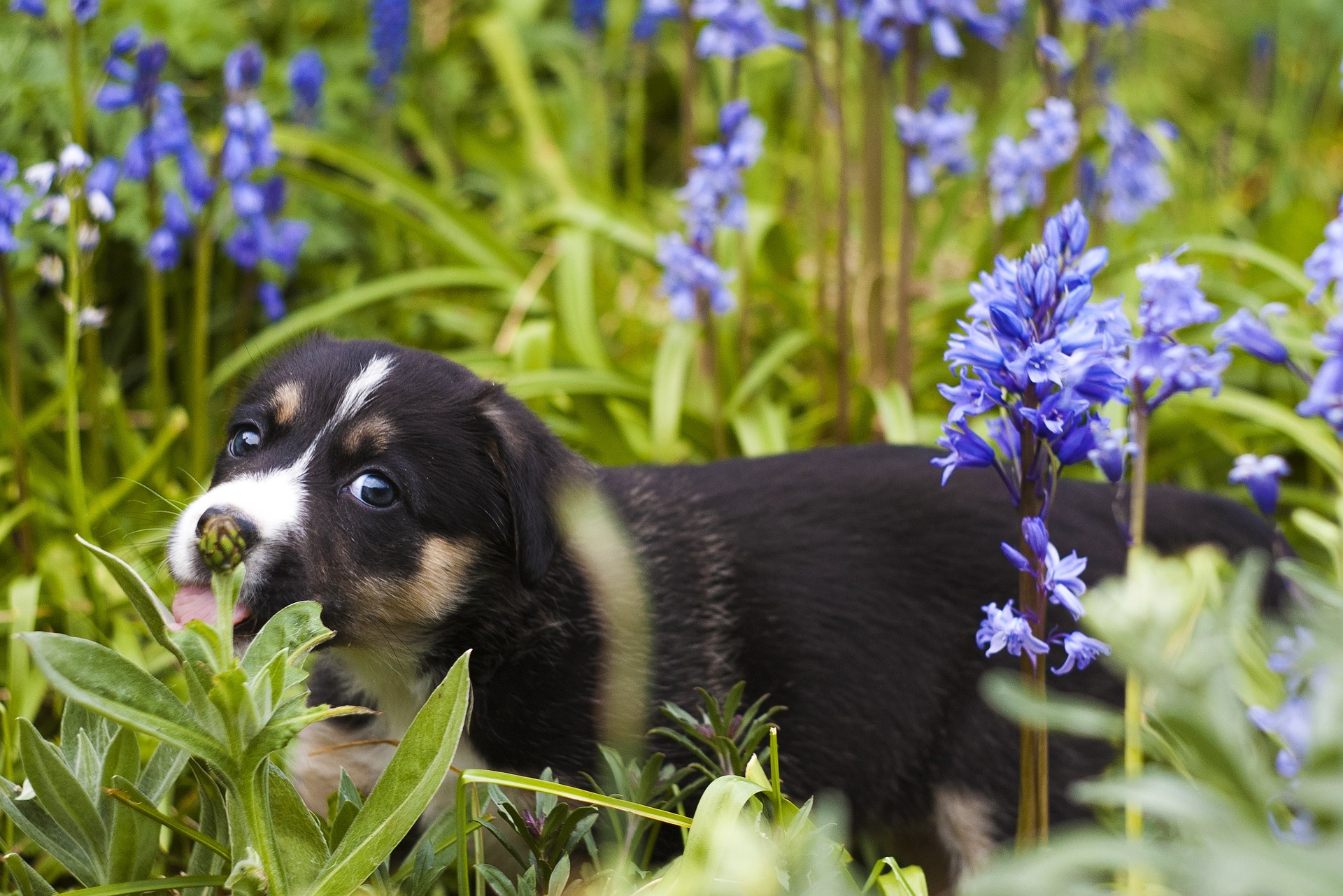
Image courtesy of Lucian Aeris @ Pixabay
A sensory garden for dogs is a safe, outdoor space that encourages a dog to use all of his senses. Not only can a sensory garden provide so much mental stimulation for your pooch, but it is also confidence-building, stress-busting and highly enriching.
Here is everything you need to know to get started...
A Selection of Dog-Friendly Plants
The best sensory gardens are home to a wide range of different plants.
Now, keep in mind, not only should these plants be safe for your dog to nibble on, but, ideally, they should also provide your dog with some health benefits too.
Many dogs are great at self-medicating, meaning that whenever they are feeling unwell, they will head out into their sensory garden and munch on whichever botanicals they need to help them feel better. You have probably noticed your dog snacking on grass when he has an upset stomach – well, this is pretty similar, except that you're giving your dog so much more choice!
Here are some of the best plants to include in a sensory garden for dogs;
-
Catnip – this is great for dogs as well as cats, offering relaxation benefits
-
Lavender – a good plant for calming anxiety and nerves
-
Marshmallow – your dog will seek this out if he ever has an upset stomach
-
Valerian – another herb that is fantastic for anxious dogs. This one is often sold as a supplement
-
Yarrow – helps with inflammation and urinary issues
-
Marigold – can soothe emotional distress
Keep your dog's own individual issues in mind when choosing plants for your garden. Try to go for plants that would be as beneficial to your pooch as possible. It would also be a good idea to read up on plants that are toxic to dogs, so that you can ensure that none of these make it into your garden.
Add in Some Texture
Adding in plenty of texture to a sensory garden for dogs is important, and even more so if a puppy is going to be using your garden.
How do you add in different textures?
The easiest way is by getting creative with different floor surfaces, meaning that each part of your garden would feature different flooring.
A few of the materials that you could experiment with are:
-
Astro-turf
-
Long grass
-
Cushions
-
Tree bark/ wood chip
-
Gravel
-
Sand
-
Water
A covered area would also be a good idea, especially if your pooch doesn't like to get wet on rainy days.
Make it Fun
Your dog needs to enjoy spending time in his sensory garden in order to really get the most out of it.
How do you make a sensory garden for dogs fun?
One idea would be to include a small paddling pool, so that your dog can splash around on hot days. You can even throw in a few waterproof toys to make it even more enjoyable for your pup.
Image courtesy of SNGPhotography @ Pixabay
A digging pit will also be appreciated by dogs who love to dig.
How do you set up a digging pit?
The best way is by using a child's paddling pool, preferably one with rigid sides. Fill this with sand, and then hide a few treats in the sand to get your dog going. If it rains, or if you have cats roaming around looking for a new toilet, you can easily shut the paddling pool to keep the sand dry and clean.
You could also just use a raised flower bed and fill this with soil, although you may need to spend some time teaching your dog to distinguish between his digging flower bed and your own flower beds.
There are plenty of other ways in which you can make a sensory garden for dogs fun, but this does depend on your individual dog and their personality.
Some dogs will love steps and ramps to climb, while others would be happy playing in a cardboard box. If your dog enjoys agility, try setting up a home-made agility course in your garden. You can make use of natural materials for this so that it fits in with the look of your garden. For example, use tree branches instead of plastic jumps.
Use treats to encourage your dog to play and explore the garden when you are first getting started. If your dog is extremely food-motivated, you may want to consider purchasing an interactive treat toy to include in your sensory garden.
Calming Sounds
The plants in your garden will stimulate your dog's sight, taste and smell, while the textures will stimulate his sense of touch.
However, with dogs, hearing is an extremely important sense, making this one that you shouldn't neglect when creating a sensory garden for dogs.
How do you add different sounds into your sensory garden?
There are a few different ways you can do this, and the key thing to remember is that you want to keep the sounds as natural-sounding as possible.
Why?
Because this will have such a calming and soothing effect on your dog.
Wind chimes are a great place to start. Go for wooden ones, since these tend to be the most relaxing, and place them at strategic places around your garden.
A water feature that provides the sound of trickling water can also be so relaxing, not only for your dog but also for you! You can either put one together yourself, or purchase a solar powered fountain for your garden.
If you want something bigger, consider a pond. Many dogs love watching fish swimming around a pond, but you would need to install some sort of safety barrier to prevent your dog from jumping in and drowning.
A sensory garden for dogs is so easy to create, and really does not need to cost much. As long as you have a small outdoor space where you can set this up, you can get creative with the different plants and items you include in your garden, choosing ones that work well for both you and your pooch.

